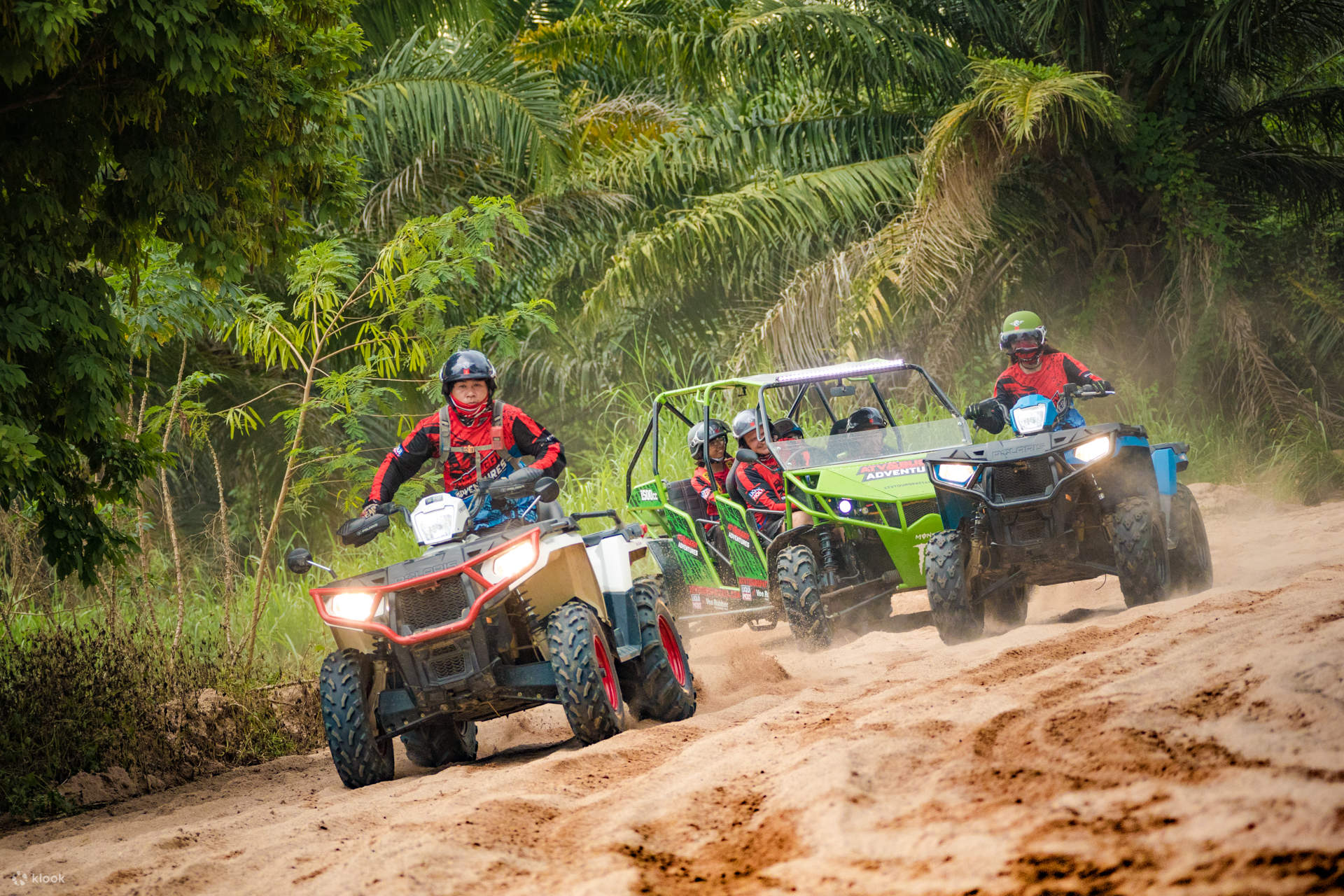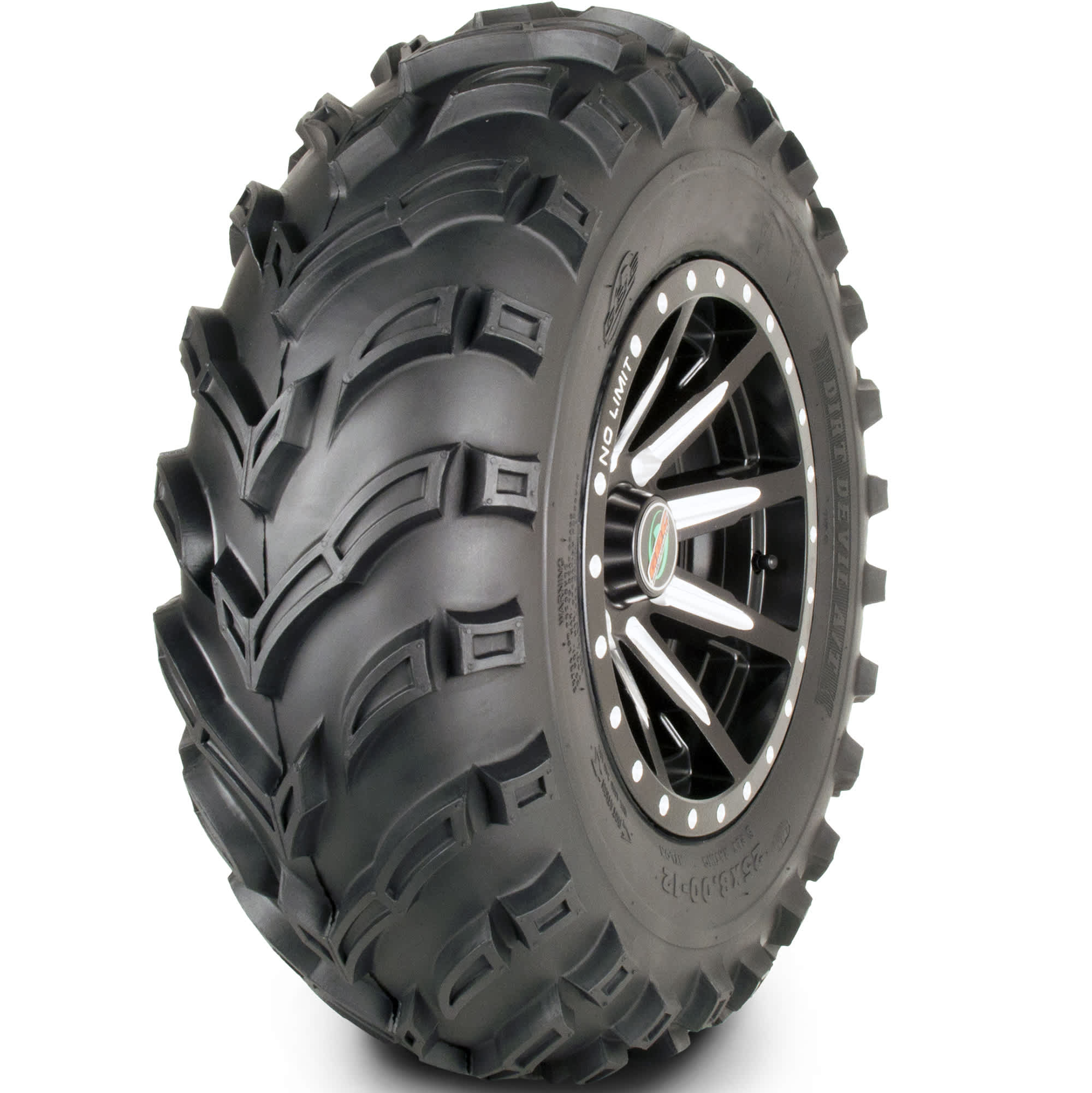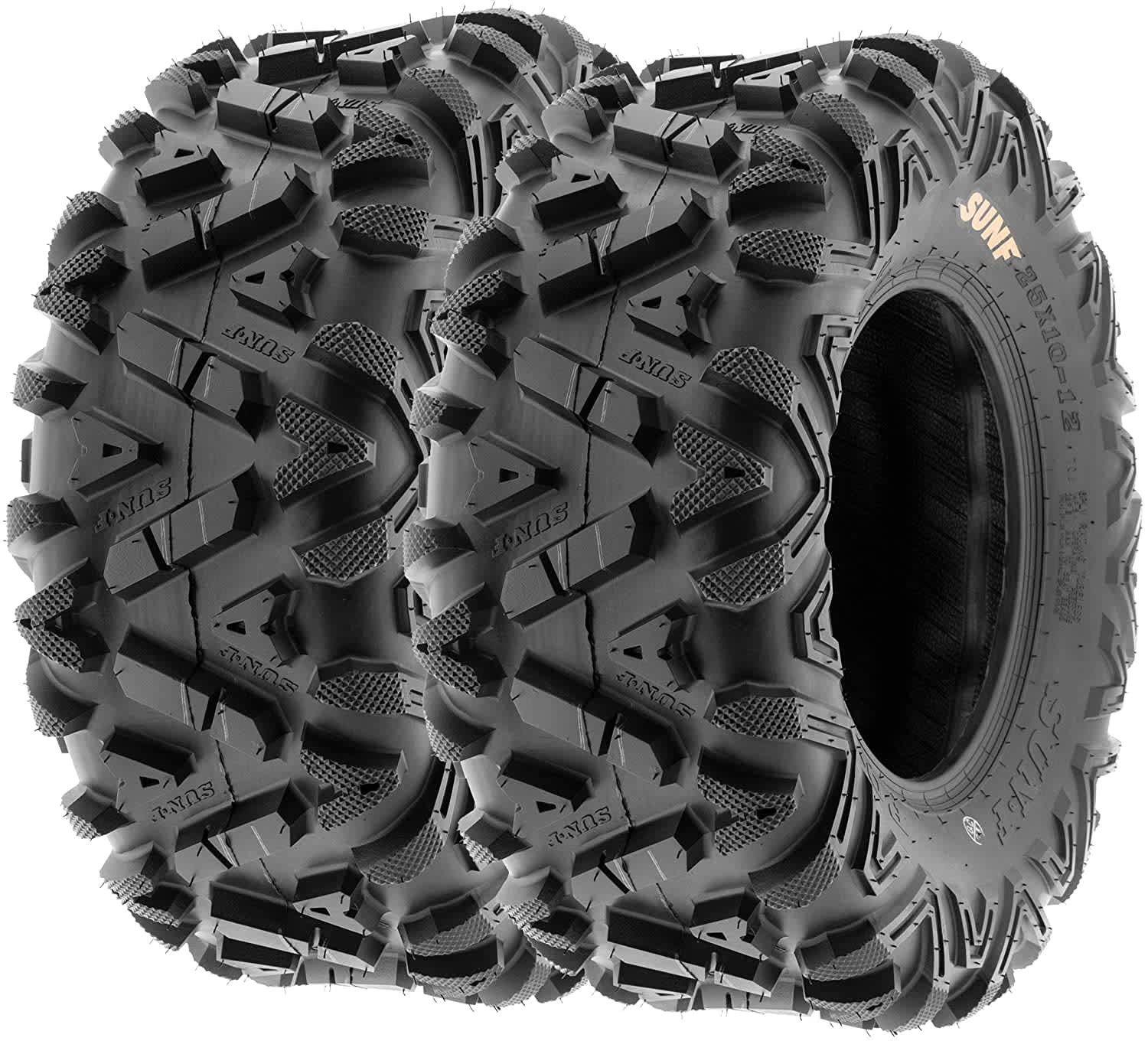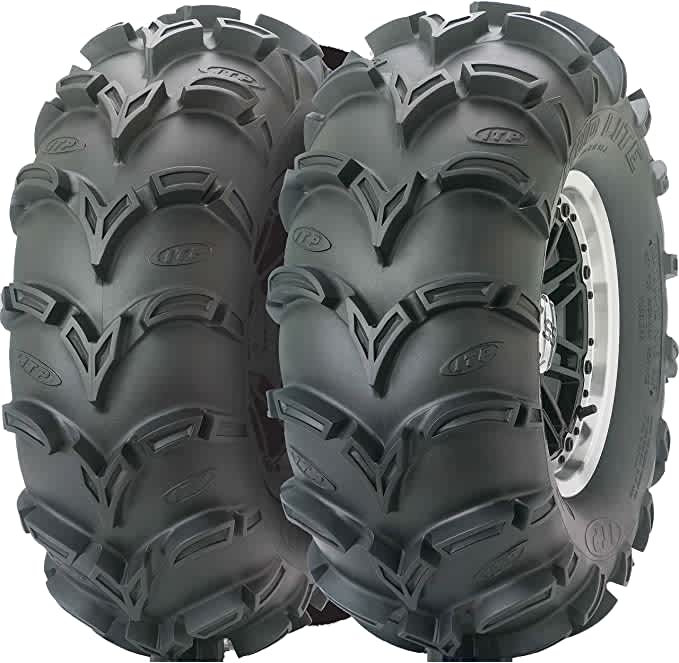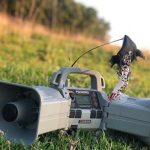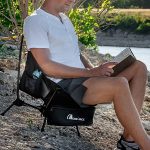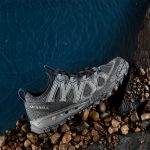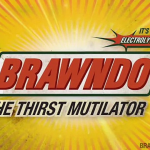Getting the Best Aftermarket ATV Tires for Your Off-Road Vehicle
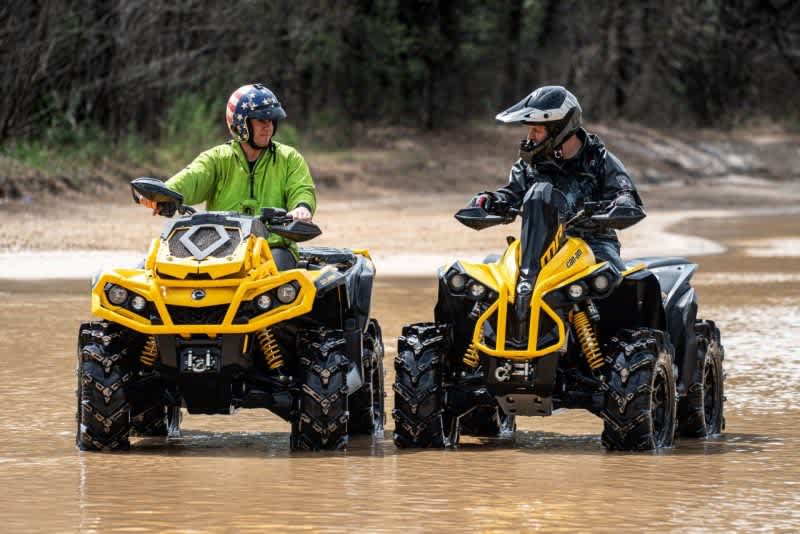
1. Maxxis BigHorn 2.0
Based on the legendary Bighorn, the Maxxis Bighorn 2.0 tire is a lightweight racing-inspired version that mirrors the tread design of the original with slimmer lugs. Bighorn 2.0 is the lightest most versatile off-road racing tire in the bighorn lineup.
- Tire of choice for off-road racing champions Hunter Miller and Kyle Chaney
- 6-ply-rated radial construction
2. GBC Dirt Devil
The GBC Dirt Devil is Greenball’s top-selling ATV/UTV tire of all time and for good reason. The tire is perfect for a wide variety of terrain and has very great forward attraction and acceleration due to its v-type tread. The Dirt Devil’s provide a smooth ride on rocky terrain and smooth terrain as well but probably aren’t the best for dedicated deep mud trekking or sand-only terrain.
3. SunF Power.I ATV UTV all-terrain Tires
SunF Corporation has dedicated themselves to meeting their customer’s demands and needs. SunF develops and manufactures a wide variety of quality tires in the specialty market. Their line up includes ST trailer, lawn and garden, agriculture, golf cart, ATV Quad Motorcycle, UTV Side by Side, light truck & more! Tires can suit your Arctic Cat, Bombardier, Can-Am, Honda, Kawasaki, Polaris, John Deere, Suzuki off-road vehicle and more.
4. ITP Mud Lite AT Mud Terrain Tires
One of the most popular tires in the Mud Lite family, the Mud Lite AT is a revolutionary all-conditions tire that’s designed for the trail but that can sling mud with the best of them Shop and compare – you won’t find a tire that’s lighter, tougher or more versatile or durable. The tread depth is so aggressive that it really bites into the deepest mud, uneven terrain providing you with the perfect mud and trail combination. The tires look great, can pull you through nearly everything, and are very good on pavement due to the very even tread pattern.
5. FREE COUNTRY ATV/UTV Tires
When you’re heading for unknown terrain it’s good to have an all-around tire that does a bit of everything. The Free Country ATV/UTV tire features a non-directional pattern that is really good for giving you good traction on nearly any type of terrain with one exception. The tread depth is nearly 1″ in depth and also wraps around the sides of the tires to cover the tire sidewall for additional traction in limited amounts of mud and when making sharp turns on loose terrain.
What kind of tire is best for me?
ATV tires come in wide varieties as you’ve seen above and not all of them do the exact same thing. You’ll want to optimize for the type of terrain you’ll most frequently find yourself in. For many people, True All-terrain tires will be the best fit as they still offer good off-road capabilities, but also have great performance and comfort on paved or unpaved roads without sacrificing on the durability side of things.
M/T tires will often wear away prematurely on hard surfaces and on toad tires (shallow tread) will not perform well in rough terrain like sand, mud, and wet areas.
What is the difference between tire ply?
The ply rating is how many layers of rubber are on the tire. A common one is 8-ply meaning it has 8 layers of rubber. Some tires have the same number of ply all around the tire, meaning if there are 8-ply in the tread part of the tire, its side wall will be 8-ply as well. A 6-ply will last longer than an 8-ply. The reason is the extra size of the body plies in a trailer tire will actually produce more heat while rolling than a 6-ply rated tire.
Should ATV tires all be the same size?
Every ATV has a theoretical maximum tire size it can fit without modifying the suspension. It’s typically about one to two inches bigger than your stock tires. So if your ATV came with a 27-inch tire, you could probably fit a 29-inch tire without too much trouble.
But what if you want to go bigger?
That takes some work. You’ll either need to invest in a lift kit or some offset A-arms. These types of kits will often tell you what the max tire size is when you have them installed.
You can’t go big without some consequences though. Namely, you’ll lose torque due to the increased diameter (big tires like a high-gear kit!) and the extra weight. The weight can also put extra strain on your clutch and shorten the life of your clutch belt.
We are committed to finding, researching, and recommending the best products. We earn commissions from purchases you make using the retail links in our product reviews. Learn more about how this works.

